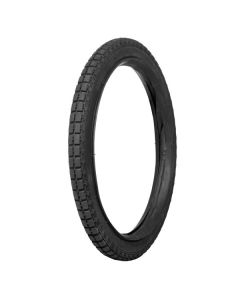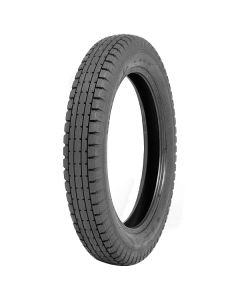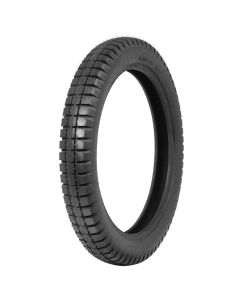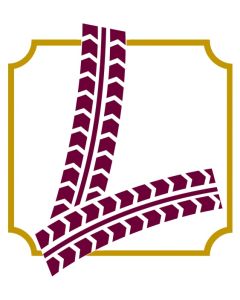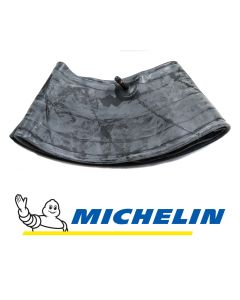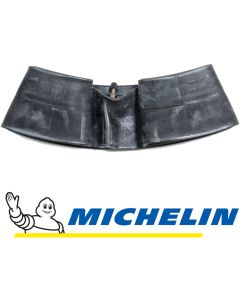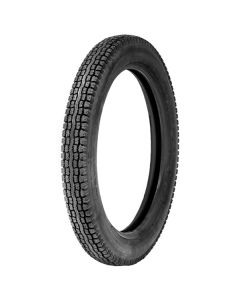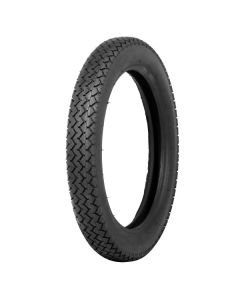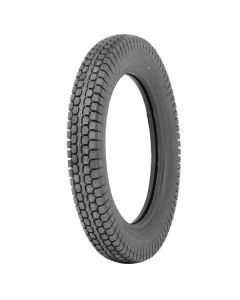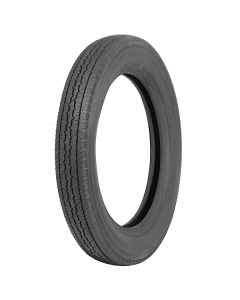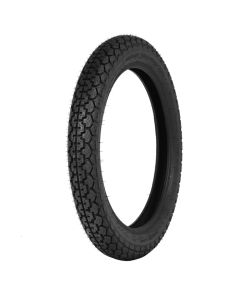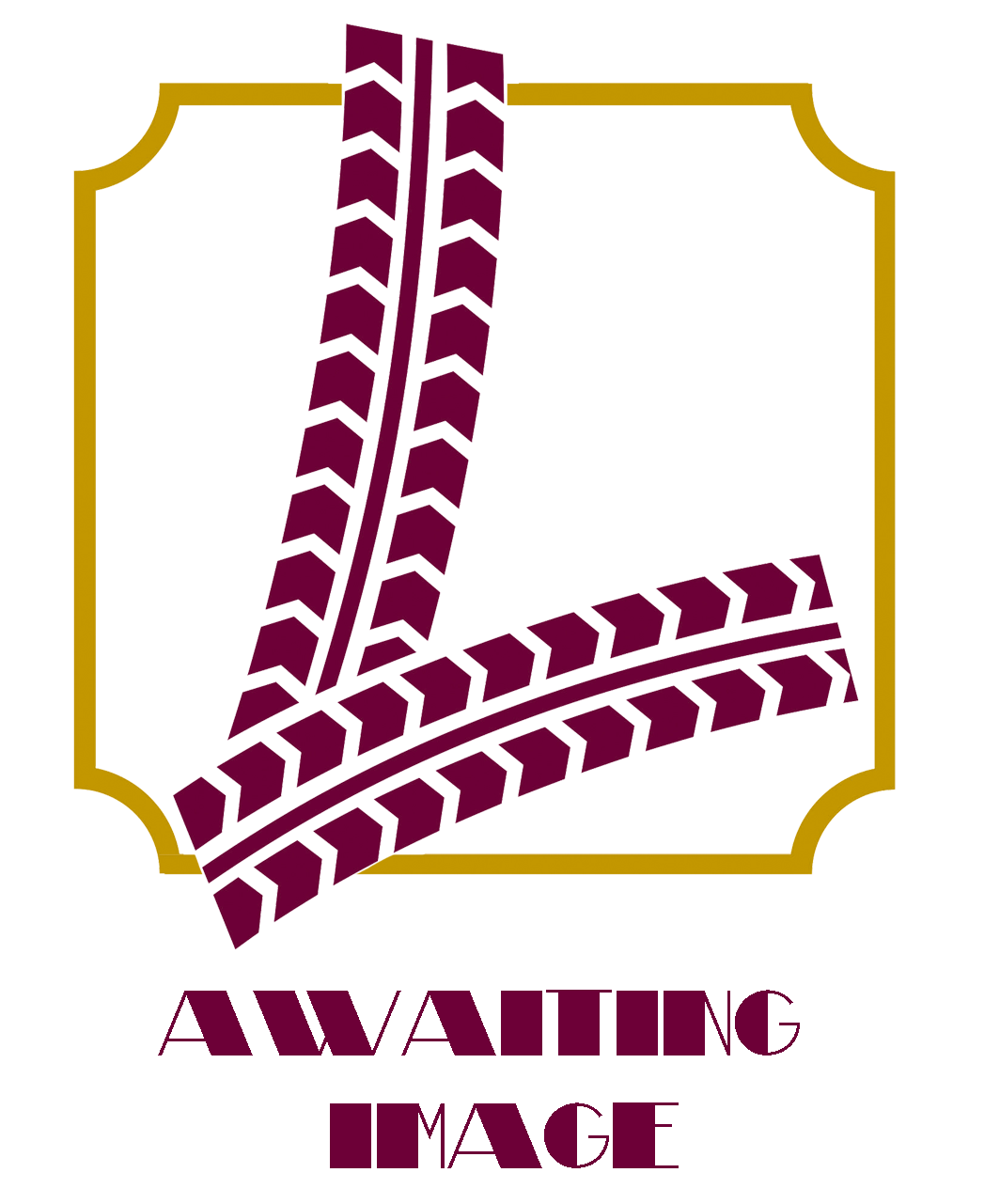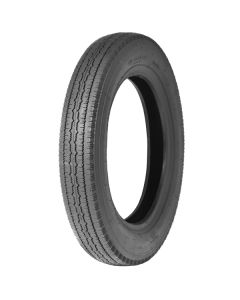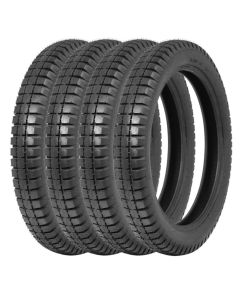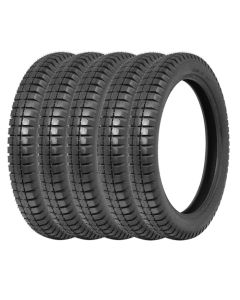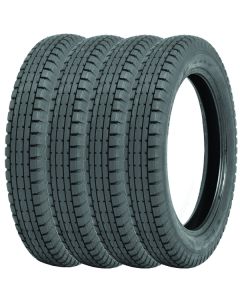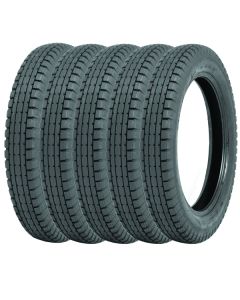Austin Seven Tyres
Austin 7 Ruby Tyres Explained
Austin 7 Tyres
- Pre 1925 Austin 7's are best fit with 26X3 Ensign. The suggested Austin 7 innertube for 26x3 tyres is the Michelin 21MDR Central Valve innertube.
- Austin Seven's made From 1925 to 1936 are best suited to 3.50 x 19 Longstone tyres, and the suggested tube for 350x19 tyres is the Michelin 19MF Central Valve innertube.
- Our suggested tyre for an Austin 7 Ruby, Opal or Pearl is the 4.00/4.25 x 17 Longstone, which fits well with Michelin 17MG innertubes.
- The Big 7 fits well with 4.50/4.75 x 16 Firestone tyres, and 450/475x16 tyres are best fit with Michelin 16E tubes.
- Here is more information about Austin 7 tyre pressures.
- This may also be of interest to you: Austin 7 Tyre review.
Customer Review
"Dear Tom and Longstone Team,
Austin Ruby Tyres & the 4.00/4.25 x 17 Longstone Tyre Explained
first of all thank you very much for the very quick delivery of the Longstone tyres. They arrived at my door two and a half days after I ordered them.
Secondly, I am very pleased with the result. The handling of my Austin Seven is very much improved. I had hoped it would be, but the result is beyond my expectations. I covered 500 km last week and it is a pleasure to drive. The car was on Waymasters before.
I will recommend your company and the Longstone tyres in my circles.
Thanks again, and it was a pleasure doing business with you."
Jan Stroomer.
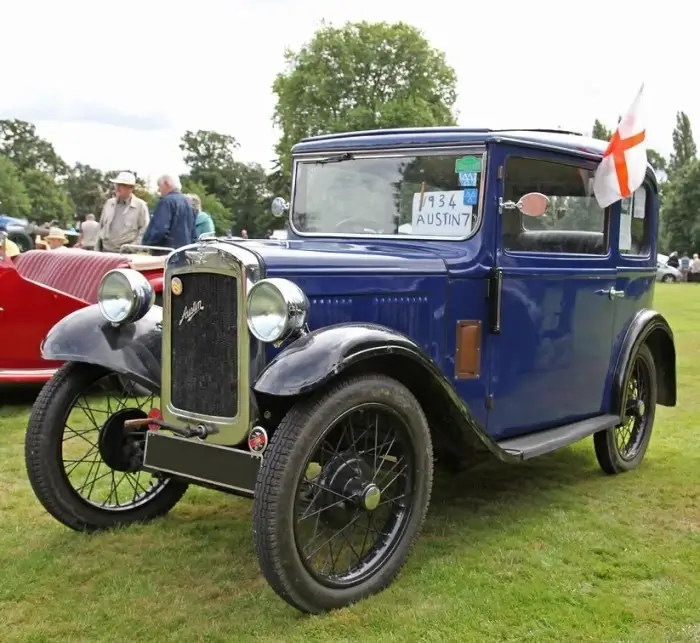
1934 Austin 7
Austin 7 tyre pressure
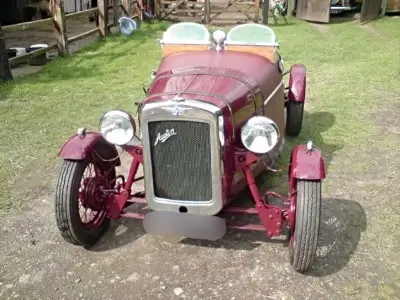
- We like to run our Austin 7 cars at relatively high pressures to diminish wandering on today's tarmac roads.
- Vintage Austin 7 tyre pressures for 19” wheels we suggest 30 psi.
- Ruby & Austin 7’s on 17” wheels we suggest 28 psi.
Austin 7 17" tyres
For the Austin 7 Ruby, or any 7 sporting 17" wheels, the NEW 4.00/425x17 Longstone is the tyre to fit! The Longstone boasts a period tread pattern and offers lighter handling than other tyres in its size.
A lot of Austin Seven Ruby's have been fitted in the past with a 4.50x17 tyre as the 400/425x17 was unavailable for quite a while. This is the wrong tyre to fit and can lead to fouling of the wheel arches as the pictures below show.
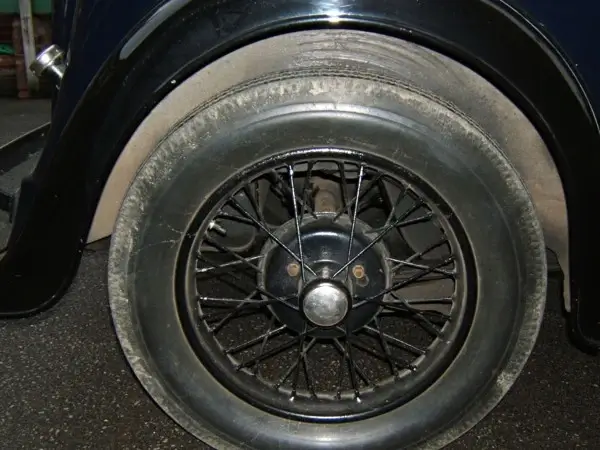
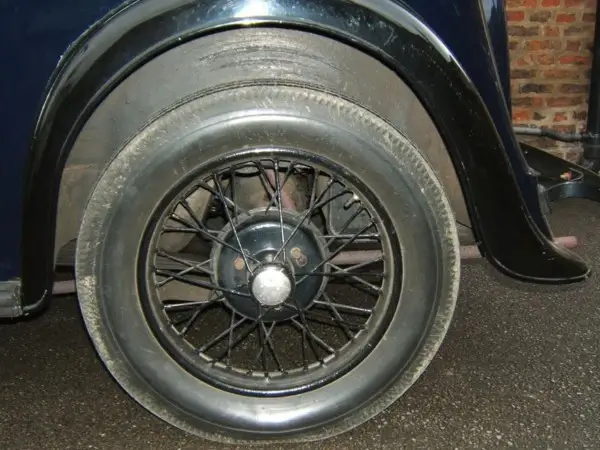
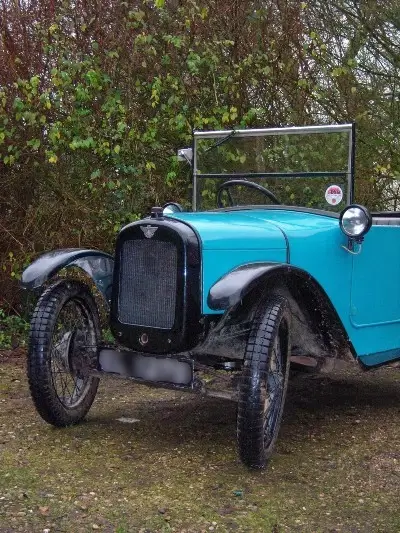
Austin 7 19" tyres
Austin Seven 19" tyres as recommended by Longstone Tyres. Naturally, we think that the 350x19 Longstone is the tyre of choice!
Check out this discussion on an Austin seven forum for unbiased thoughts on what tyres to fit.
Austin Seven beaded edge tyres
Austin Sevens manufactured before 1925 were fitted with 26x3 tyres. These cars can usually be distinguished by their smaller 6" wheel centres and scuttle mounted headlights. In this size we can offer the 26x3 Ensign.
History of the Austin Seven
The Austin 7 was manufactured by the Austin Motor Company from 1922 to 1939. It was dubbed the "Baby Austin" and was one of the most popular cars ever produced in the country, with an impact on the British market comparable to that of the Ford Model T in the United States.
It was also manufactured under licence by businesses all over the world. The BMW Dixi, the very first BMW model, was based on a licenced Austin 7. Rosengarts were made and sold in France, also derived from the Austin 7. Nissan used the 7 design as the basis for their original cars in Japan as well, though not under licence!
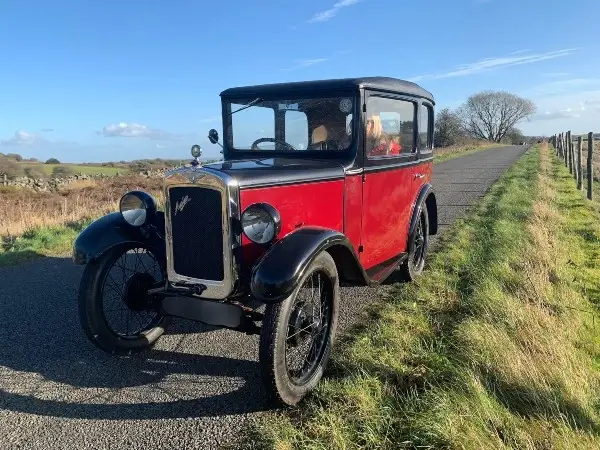
Many Austin 7s were rebuilt as "specials" after WWII, including the first Lotus, the Lotus Mk1. Prior to World War I, Austin had primarily built large cars, but in 1909, they sold the Austin Seven, a 1-cylinder 7 horsepower car. They went back to larger vehicles after that, but an idea had been sparked. Despite protests from the company's board of directors, who were concerned about the company's financial situation, Sir Herbert Austin believed a smaller car would be more popular on the market. Austin won the directors over by threatening to take the idea to their competitor Wolseley. Austin invested heavily in the design and patented many of its innovations in his own name. In exchange for his investment, he received a two-guinea royalty on each car.
The first year of production was 1923, in which nearly 2,500 cars were produced, This was not as many as hoped, but within a few years, the "big car in miniature" had wiped out the cyclecar industry and transformed the fortunes of the Austin Motor Company. By the end of production in 1939, 290,000 cars and vans had been manufactured.
The Austin 7 had a much smaller footprint than the Ford Model T. The track was only 40 inches long and had a wheelbase of only 6 feet 3 inches. It was also considerably lighter, weighing in at 794 pounds, which was less than half the weight of the Ford. As a result, what the engine needed for adequate performance was also reduced, and the 747 cc side valve was capable of a modest 10 horsepower.
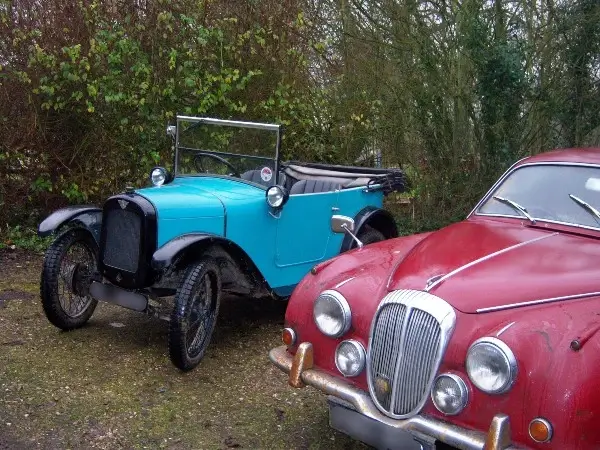
The chassis was designed in the shape of an "A," with the engine installed between the channel sections at the narrow front end. The rear suspension was provided by quarter-elliptic springs cantilevered from the chassis, while the beam axle was equipped with a centrally mounted half-elliptic transverse spring. Early automobiles lacked shock absorbers. Brakes were installed on all four wheels, but initially, the front brakes were controlled by the handbrake and the back brakes by the footbrake, before becoming properly combined in 1930.
The box saloon, nippy, Ulster, Gordon England, Chummy, and so on were all available as body styles for the 7. The Swallow was one of the most appealing bodies to be installed to an Austin Seven chassis. William Lyons, the co-founder of the Swallow Sidecar Company, recognised the commercial potential of producing a rebodied Austin 7 in 1927. Lyons commissioned Cyril Holland, a skilled coachbuilder, to create a distinctive open tourer: the Austin Seven Swallow. The Swallow proved popular, thanks to its bright two-tone colour schemes and a style befitting more expensive cars of the time, as well as its low cost of just £175, and was followed in 1928 by a saloon version: the Austin Seven Swallow Saloon.
Up until 1932, when Lyons began producing complete cars under the SS brand, approximately 3,500 bodies of various styles were manufactured. Lyons was forced to relocate from Blackpool to new premises in Coventry in 1928 due to the high demand for the Austin Seven Swallows. The Swallows' success helped to lay the groundwork for what would become Jaguar Cars by 1945.


